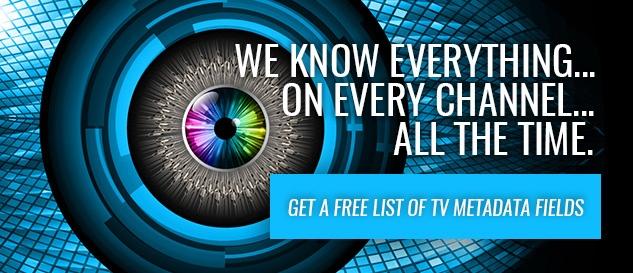GRAND PRAIRIE,
TEXAS (June 30, 2015) FYI Television, Inc. (FYI), the leader in entertainment
metadata and rich media content, is delighted to announce strategic
partnerships with 13 different United States newspapers, all achieved over the
past 120 days.
The esteemed publications
include The Chicago Sun Times, The Bellefontaine Examiner, State Record, The
Houston Herald, The Hillsboro Reporter, The State Gazette, The Southwest Times,
The Llano News, The Williamson County Sun, Coastal Bend Herald, The Free
Lance-Star, The Observer-Dispatch and The Virginian-Pilot.
These newspapers
will be utilizing popular FYI print and digital items, including television
listings, TV grid panels, crossword puzzles, sports breakouts, channel
conversion charts and more in an effort to keep readers engaged and drive
revenue.
“FYI Television’s industry-leading print and digital products
are clearly providing newspapers across the country with television features that
subscribers and readers consider valuable,” said John T.
Dodds, Vice President of Newspaper Sales for FYI Television. “Through our highly
advanced development system, establishing new methods for attracting and
maintaining subscribers while generating new lines of revenue for our newspaper
clients and distribution partners are our top priorities.”
FYI offers numerous newspaper print features, columns,
TV magazines and more. Learn how to maximize your potential by getting in
contact today.
About FYI Television:
FYI Television, Inc. (FYI), the
TV metadata and entertainment image content expert, accumulates and distributes
TV entertainment content and linear scheduling data from more than 12,000 TV
networks daily, aggregating the information into customized formats for various
television, mobile, Internet and print clients. Through the vast array of
applications our data is filtered into, hundreds of millions of consumers
engage with FYI’s content. Clients in both domestic and international markets
including SiliconDust, AT&T, Microsoft, Ericsson, NBC Universal, Disney,
SONY, Discovery, Gannett Newspapers, McClatchy, Star Media, Ygnition, BIM,
Frontier Communications, Boxfish, GMR, Syncbak, Cannella, comScore, Rentrak,
Digital First, Ole, National Geographic and ARRIS turn to FYI for its top-notch
tailored TV metadata, data management, image content, media measurement and
analytics. Learn more about our products and
services at www.fyitelevision.com and follow our blog at blog.fyitelevision.com.
###
MEDIA CONTACT:
Lauren Jackson, Marketing Manager
t. 972-896-2082
ljackson@fyitelevision.com
Follow @FYITV















Post a Comment